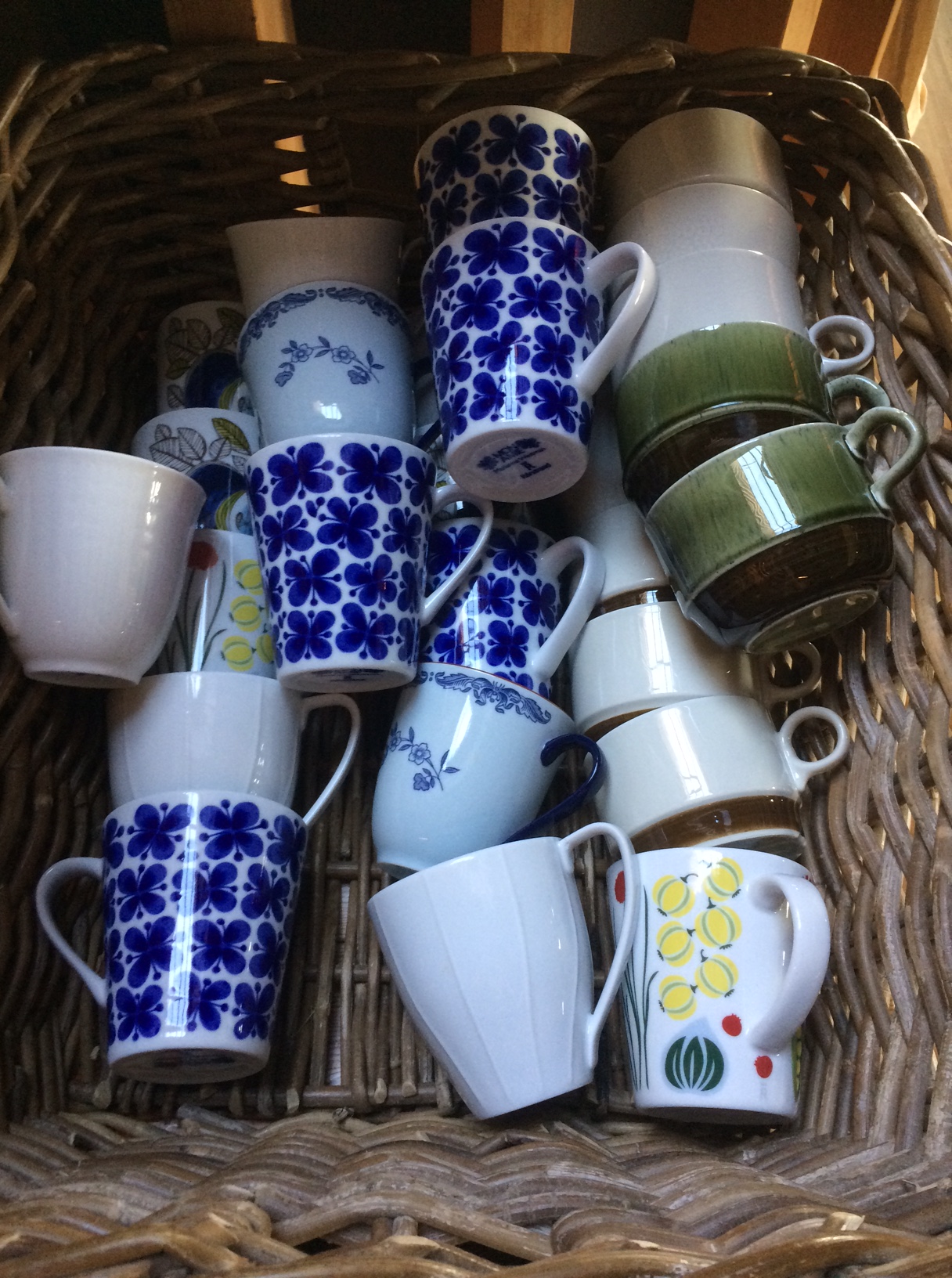 Looking back on 2023, there is a lot of looking many years back.
Looking back on 2023, there is a lot of looking many years back.
For the first time since the Covid outbreak, we visited Läckö castle for an opera performance, this year of Verdi’s Macbeth. Staying in the Naturum, we appreciated the looking back to many years of Rörstrand patterns. We also participated in Music Weeks in Sweden in Svalöv, reconnecting many friends, singing Durufle’s requiem and much more in the closing concert in Lund cathedral.
Being part of the grading group for the physics competition in January, I noted how most students omitted drawings, in spite of instructions. This reminded me of one of the first PER theses I read, by Charles Henderson, and inspired a paper on student understanding of friction for a car speeding up.
The year has also involved a few occasions of playground physics with preschool teachers – as well as the publication of a paper about how playground swings can be used for physics teaching – way beyond preschool. The paper opened with an authentic student dialogue, dating back to 2005.
 When the YouTube channel Theme Park Science visited Liseberg to study the heating of the Helix magnetic brakes, it brought back memories of a 2012 paper — and experiences of today’s much easier access to IR movies. The collaboration also resulted in a very nerdy return to Chain Flyer physics, with one manuscript submitted and an even nerdier paper in the pipe. (There is more to learn than was included in the 2015 paper.)
When the YouTube channel Theme Park Science visited Liseberg to study the heating of the Helix magnetic brakes, it brought back memories of a 2012 paper — and experiences of today’s much easier access to IR movies. The collaboration also resulted in a very nerdy return to Chain Flyer physics, with one manuscript submitted and an even nerdier paper in the pipe. (There is more to learn than was included in the 2015 paper.)
The Oppenheimer movie brought back memories of a student project (although in the move, I did miss Fermi’s description of the first blast: “Since, at the time, there was no wind I could observe very distinctly and actually measure the displacement of the pieces of paper that were in the process of falling while the blast was passing. The shift was about 2 1/2 meters, which, at the time, I estimated to correspond to the blast that would be produced by ten thousand tons of T.N.T.”).

As preparation for the International Year of Quantum Science and Technology 2025, celebrating 100 years of quantum mechanics, I am now also revisiting another student project, with Alice in Quantumland, which was presented at Physics on Stage 2003. I am also remembering the International Year of Physics in 2005, and the opening at UNESCO of the International Year of Light 2015.
My publication year 2023 started with a paper trying out ChatGPT, submitted in December 2022, asking the Chatbot about acceleration in the highest point when a teddy bear (or rabbit) is thrown into the air. We knew we had to be quick, in view of the very fast development – the paper has already been well cited, and more citations expected.

Looking forward to creative collaborations in 2024 – with and without rabbits.
